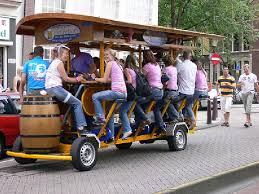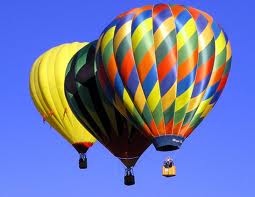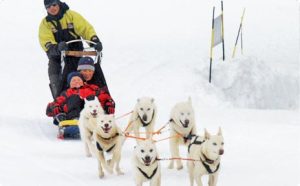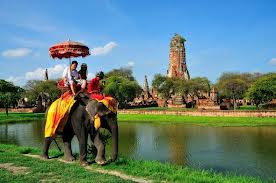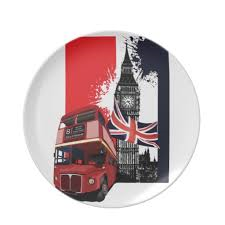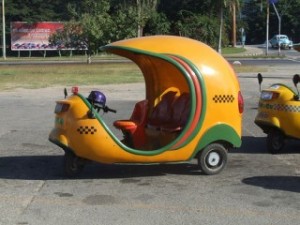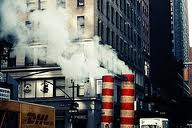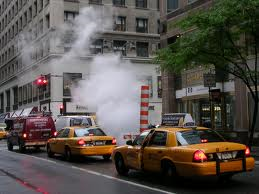No hay mejor manera de descubrir un lugar que hacerlo como los habitantes locales. Alrededor del mundo existen una amplia gama de transportes que os permitirán sumergiros en la cultura auténtica de la zona y poder desplazaros durante las vacaciones. Y ya podéis estar olvidando los aviones, los trenes, las bicicletas … Son muchísimo más originales, una auténtica aventura, desde globos aerostáticos hasta curiosos y divertidos viajes en barco.
There is no better way to discover a place to do as the locals. Around the world there are a wide range of transport that will allow you to dive into the authentic culture of the area and power equipment moves during the holidays. And you may be forgetting the planes, trains, bicycles … are far more original, a real adventure from hot air ballooning to curious and fun boat trips.
Bicicleta de la cerveza en Ámsterdam. Beer Biking in Amsterdam.
Viaje en globo aerostático. Hot air balloon ride.
Bangkok Boat Express.
Un trineo tirado por perros.A dog sled.
Excursión en elefante por Tailandia.Thailand elephant tour.
Fiesta en un autobús londinense!.Party in a London bus!.
Tranvía de cable en San Francisco. Cable Tram in San Francisco.
El Coco Taxi en Cuba.The Coco Taxi in Cuba

